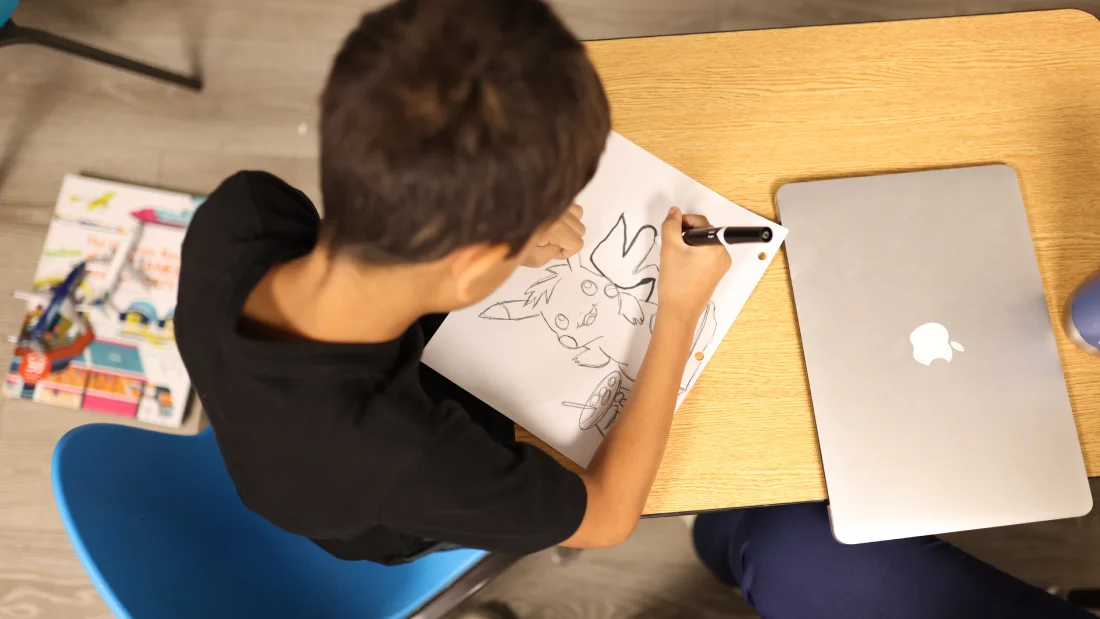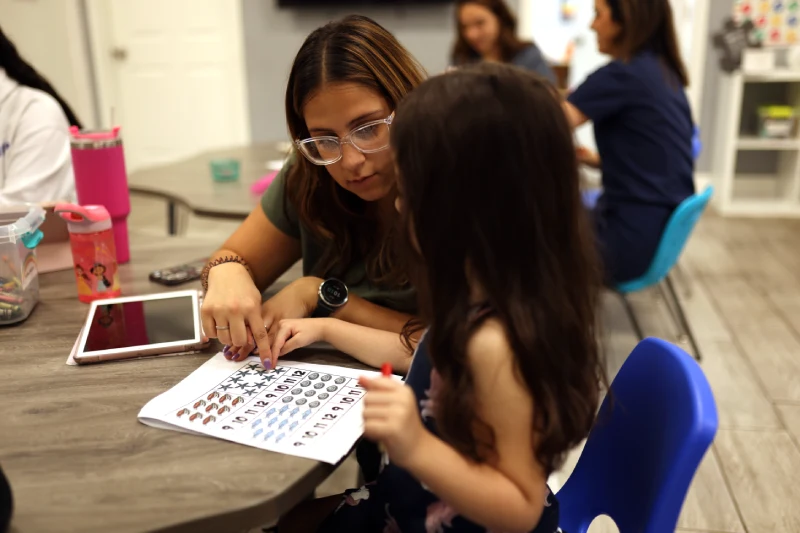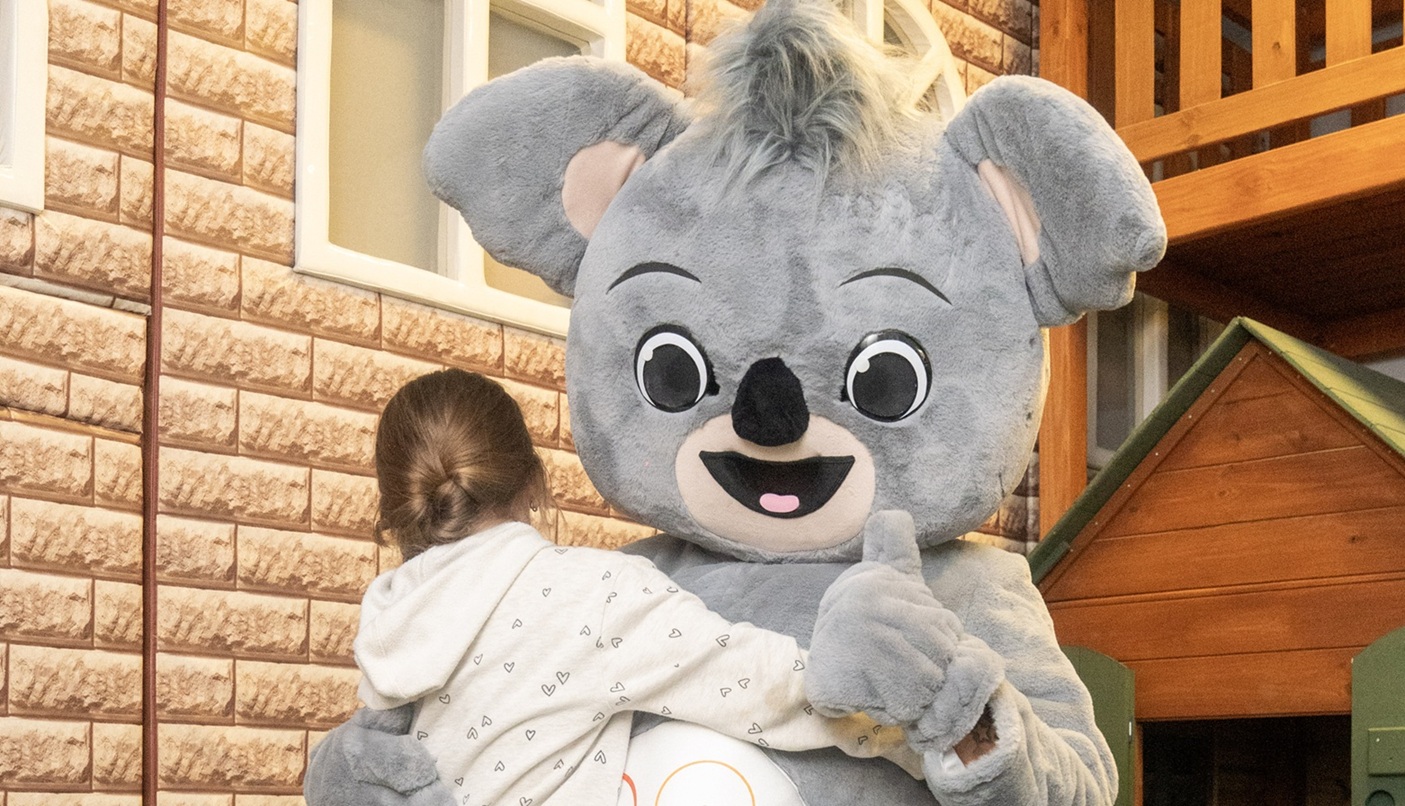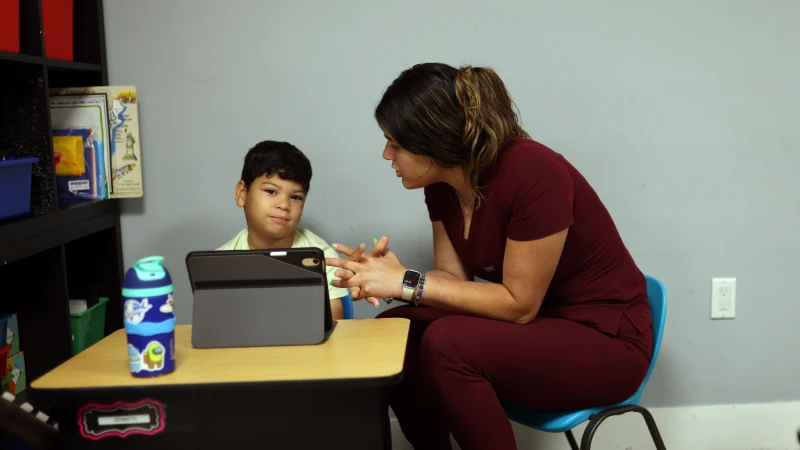Are you a parent of a child with autism? If so, you are likely searching for effective solutions for behavior management. Of course, not all solutions are easily applicable in your child’s environment. However, there is one powerful tool always within your reach, one that is often underestimated: positive reinforcement.
This approach, far from being just “giving out prizes,” is the key to unlocking a child’s motivation for learning. That’s why we offer you this guide with 10 effective positive reinforcement ideas, all based on proven Applied Behavior Analysis (ABA) strategies, designed to help you build a supportive learning environment.
Ready to discover how to shape behavior without compromising your child’s unique spirit? Keep reading!
What Is Positive Reinforcement and How Does It Shape Behavior?
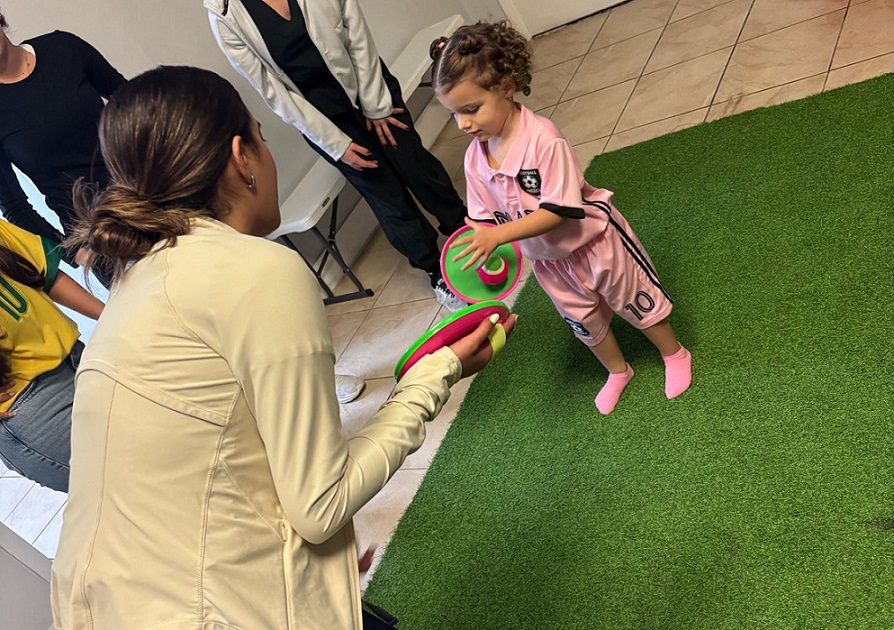
The essence of positive reinforcement is wonderfully simple: it is the art of noticing and celebrating success. Essentially, it is not about “buying” good behavior. Rather, it is a scientific principle of behavior rooted in fostering desirable behaviors while always respecting your child’s individuality.
Moreover, positive reinforcement is the fundamental basis of all effective behavioral support. It is defined both by its immediate effects and its long-term achievements. Below are some of the core elements of truly effective positive reinforcement ideas:
- Stimulus and Immediacy: Involves presenting something your child values highly immediately after they perform a desired behavior.
- Scientific Purpose: The goal is for that stimulus to increase the probability that the desired behavior will be repeated in the future.
- Connection and Validation: It is the tangible way of telling your child: “I value your effort and this achievement makes me happy,” thereby strengthening communication.
The 10 Most Effective (and Practical) Positive Reinforcement Ideas.
The strength of positive reinforcement ideas lies in their diversity. There is no single universal solution, as what motivates one child may not work at all for another. That’s why we have compiled these examples of ABA reinforcement, so you can discover the stimulus that truly adapts to your child’s unique needs.
For reinforcement to work, it must be genuinely relevant and motivating. To give you a clearer idea, here are some proven and effective rewards that go beyond the material—focusing primarily on interaction, autonomy, and fun:
1. Specific Praise and Verbal Encouragement: Choosing the Right Words.
Generic praise is often lost in a child’s memory. To be a powerful reinforcer, praise must be immediate and highly specific, highlighting precisely the behavior you want to see again.
- Practical Approach: Instead of “Good job!”, say: “I love the words you used to ask for the toy! Excellent communication!”
- Key Benefit: It strengthens the bond and clearly teaches the child which precise action they need to repeat to earn that positive validation.
2. Token Systems: Building Value Step-by-Step.
These systems are ideal for behaviors that require sustained effort over time (such as completing a long school assignment or remaining calm during a difficult transition).
- Practical Mechanics: The child earns tokens for small steps completed and then exchanges those tokens for a higher-value reward.
- Key Benefit: It teaches delayed gratification, the understanding of symbolic value, and promotes persistence.
3. Controlled Choice Time: Autonomy as a Reward.
The ability to choose among several options is a powerful reinforcer in itself. Allowing the child to select a specific activity reinforces their sense of control and self-efficacy.
- Practical Application: After finishing a directed task, offer a short list of 2-3 preferred activities (e.g., “Do you want to draw or listen to music?”).
- Key Benefit: It taps into the child’s intrinsic motivation and reduces aversion to more demanding tasks.
4. Stickers and Small Prizes: Quick, Tangible Reinforcement.
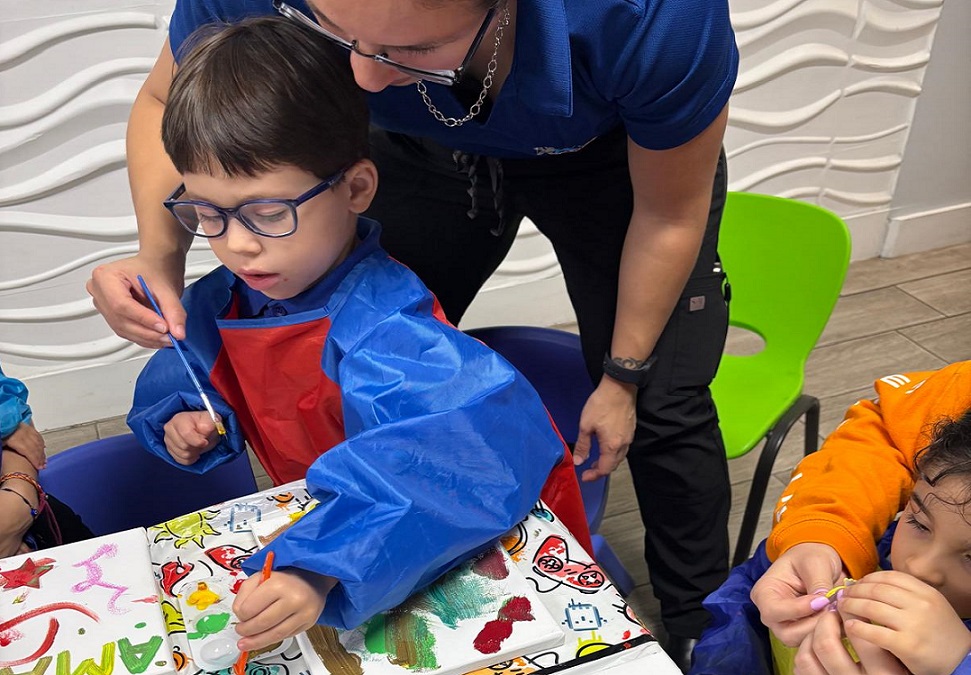
These positive reinforcement ideas are extremely useful for strengthening behaviors that need to be addressed and rewarded instantly.
- Key Consideration: Prizes must be varied and appealing to your child (what works today may not work tomorrow).
- Key Benefit: They provide an instant reinforcer that is easy to manage in any setting.
5. Strategic Sensory Breaks: Functional Rewards.
For children with autism who face processing challenges, a break or access to an extra sensory activity can be the most potent reinforcer of all.
- Practical Use: Reinforce the behavior of completing a task by allowing access to a preferred sensory activity (such as hugging a weighted pillow).
- Key Benefit: Addresses the underlying function of the behavior by providing the necessary sensory input.
6. Visual Reward Charts: Tracking Progress.
These positive reinforcement ideas involve creating a visual system that allows the child to see, step-by-step, how close they are to achieving the goal set for them.
- Key Design: Use images that show the goal and the progress made. They are ideal for children who respond well to visual information.
- Key Benefit: Increases process understanding, fosters responsibility, and motivates long-term perseverance.
7. Peer Recognition: Fostering a Community of Support.
Among positive reinforcement ideas, these are especially useful in group settings, therapy groups, or school contexts, where social validation is a powerful reinforcer.
- Implementation: Create a “Good Buddy Award” or allow a peer to offer structured praise for another’s behavior.
- Key Benefit: Fosters social skills, motivates mutual help, and creates a positive, supportive environment.
8. Bringing Positive Notes Home: Boosting Family Reinforcement.
Carrying a positive message home is a powerful social reinforcer that involves the entire family, multiplying the initial encouragement offered to the child in the home environment.
- Key Effect: Parents have the opportunity to celebrate the child’s success again in the home environment.
- Benefit: Generates pride, improves self-esteem, and fosters smooth, positive communication between the therapy/school setting and the home.
9. Activity-Based Rewards: Reinforcing Through Experience.
These are some of the most powerful positive reinforcement ideas because they are much less tangible than a specific object, yet they are considerably more memorable.
- Practical Examples: Access to a special board game, choosing dinner, or 15 minutes of uninterrupted quality time with an adult.
- Key Benefit: Strengthens the emotional bond, the value of social interactions, and focuses on quality time.
10. Gamified Reinforcement: Using Play as Motivation.
This strategy takes a task that is perceived as difficult or intrinsically aversive, whether at home or school, and transforms it into a structured and fun game for the child.
- Key Strategy: Assign points, stars, or levels to a skill (e.g., earning “superhero points” for a successful communication attempt).
- Key Benefit: Increases engagement and makes learning intrinsically motivating.
How Do You Use Positive Reinforcement at School and Home?
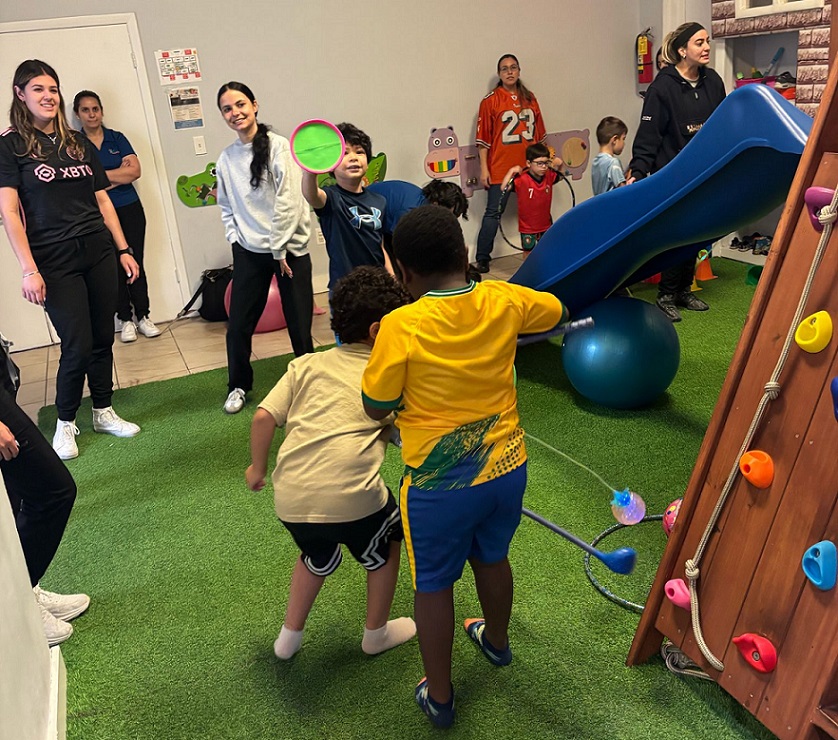
Certainly, implementing these positive reinforcement ideas requires more than just good intentions—it demands the precision of an expert. Whether you are applying these reinforcement strategies in the classroom or at home, the difference in their effectiveness often comes down to how the stimulus is delivered.
At this point, we give you the 4 golden rules to maximize the efficacy of these strategies:
- Immediacy: The reinforcement must be delivered within three seconds of the behavior. If there is a delay, the message is lost.
- Specificity: Be precise. Instead of saying “Thank you!”, say: “Thank you for picking up the blocks! That was very helpful.”
- Individualization: What is reinforcing today may not be reinforcing tomorrow. Always keep your child’s preferences updated.
- Differential Reinforcement: Do not wait for perfection; always reinforce the effort and the approximation of the desired behavior.
Koala ABA: Transforming Learning with Positive Reinforcement.
At Koala ABA & Learning Centers, our purpose goes far beyond just offering you positive reinforcement ideas; we want to provide you with practical, personalized tools that become real, lasting opportunities for learning and connection with your child.
That’s why at Koala ABA we design fully individualized intervention plans, adapted to your child’s rhythm, interests, and specific needs. Ultimately, this commitment to precision translates into:
- Exhaustive Initial Evaluation: We thoroughly analyze your child’s emotional, communicative, and behavioral profile to understand them in their totality.
- Clear and Realistic Goals: Every objective is carefully set, taking into account both your child’s family and school environments.
- Constant Flexibility and Adaptation: We adjust strategies according to your child’s progress and the essential feedback from parents.
Thus, with the science of positive reinforcement as our guide, every small achievement becomes a stepping stone toward your child’s maximum potential.
Take the first step today! Allow us to illuminate their path toward a future full of opportunities.
Contact us now and discover how together we can make the difference!


